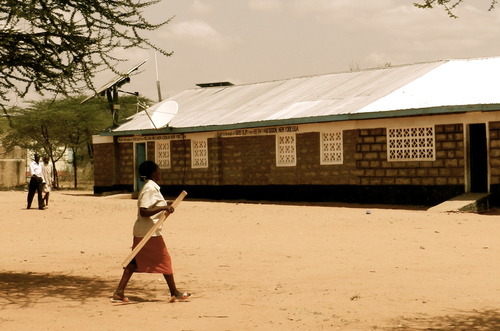I am back at Lewa Conservancy for my second site of the Educational Programs. This time though, all of my site visits will be in the Northern Rangelands Trust (NRT) area, where I spent some time on my first visit last March but needed to come back to see more of the area, to develop a more comprehensive understanding of the current standards and practices in place for education.
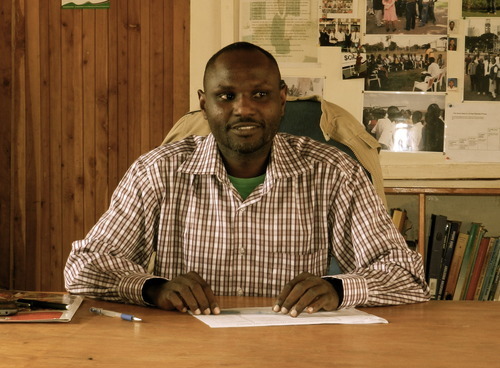
Along with Mike Harrison, CEO of NRT, I had a fascinating meeting today with a man named Boniface (pictured above), who is the Manager of an Educational Program called SENET (Sereolipi Nomadic Education Trust). The headquarters of SENET are in Sereolipi (about a 3 hours drive from Lewa), but it serves the villages of Sereolipi, Lerata, and Ndonyo Wasin. The meeting was set up by Lewa because SENET is generally regarded as one of the best Educational Programs in Northern Kenya. We were hoping to hear more about their program and how they run it, to apply to our own brainstorming as we design our Educational Program for NRT (photo below shows me talking to Principal of Sereolipi Primary). We realized quickly that if we are drawing from the lessons learned of other programs, it is a good idea that they were set up in the same conditions.
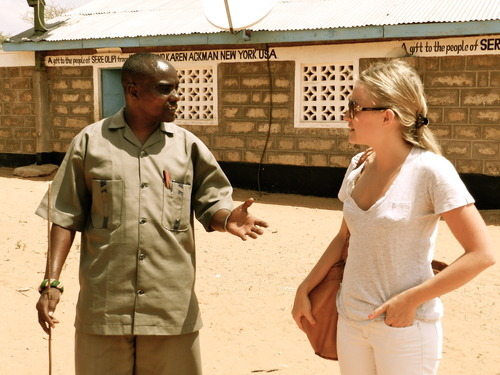
Setting up an Educational Program in the NRT area requires a unique approach because of the cultural and geographical realities of the area. Here, you are dealing with populations that are predominantly nomadic (whether they are Samburu, Turkana, Boran, Meru, Maasai, Rendille). This area (arid & semi-arid area) has much higher rates of illiteracy than the rest of Kenya. The completion rates and transition rates for primary and secondary school are also much lower. Despite being outlawed in Kenya in 2011, female circumcision in this area still widely practiced. It is not unusual for twelve and thirteen year old girls to have children (an age at which, assuming they completed each year on time, would still see them in Primary School).
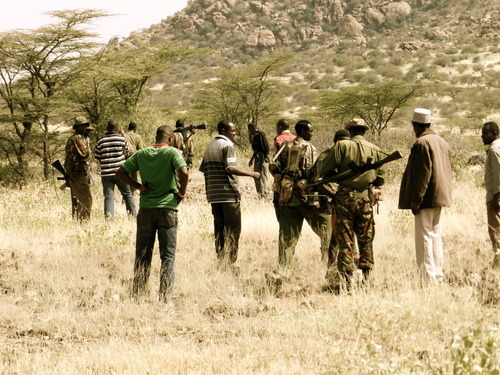
Moving in relative proximity to each other, these tribes are also often in continuous cycles of conflict with each other. Communities are faced with the staging of cattle raids by neighbouring tribes, which, due to the influx of guns into the country since the 1980’s, creates a prevalence of insecurity and violence that can easily uproot villages in search for safer grounds (photo above shows my hosts and rangers tracking the fresh footprints of suspected raiders). An unwillingness of third parties (be they NGO’s or other) to acknowledge this reality for fear of accusations of romanticizing and resurrecting historical stereotypes provides little ground for constructing relevant and effective programs. Further exacerbating this insecurity is the presence of poachers, who also conduct their activities with guns and a willingness to shoot. Satisfying an international appetite for ivory and skins, poaching has increased significantly in 2012, making this threat even more destabilizing. (photo below shows a ranger who the week before had been shot by a poacher)
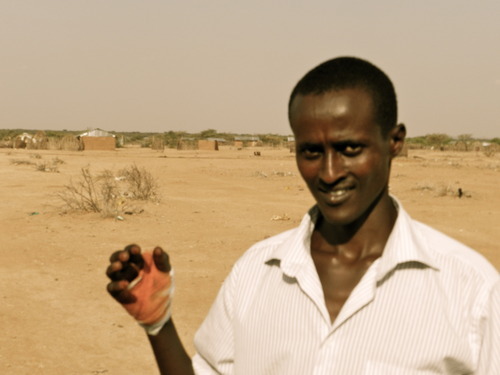
Following the grazing routes of cattle (image below), goats, sheep and camels, the nomadic lifestyle of these tribes creates a weak compatibility with the requirements of Primary and Secondary Schools unless boarding is an option. Even this scenario assumes two things: that the parents can afford school, and that they are willing to send their children, who often preform important tasks at home such as herding the livestock (especially true of boys).
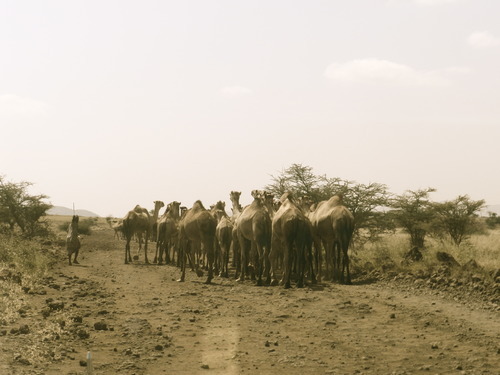
Adding to this are the traditional views still held in varying degrees by all of these tribes, regarding the role of women and perceived value in educating them. For many communities and parents within the communities, a girl’s value added is in her ability to fetch a large dowry and produce children for her husband (whom she could be sharing with other wives). Although this is changing, it is still very much a live and persistent struggle for those (be they NGO’s, leaders, mothers, daughters) trying to enact change. For an Educational Program to be relevant and successful, gains will need to be made in conjunction with, and in pursuit of, strengthening the perceived value and acceptance of female education. (only 9 years old, the Samburu girls pictured below will undergo circumcision and possibly even marriage and pregnancy in the next 5 years)
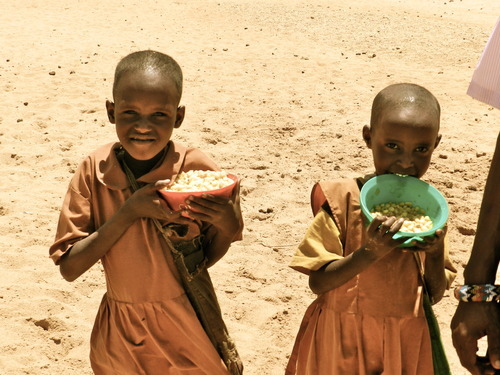
Thus, our meeting with Boniface was so informative and inspiring as it shows what can be done in an area facing all of these hurdles. With a reach that touches 14 nursery schools, 3 primary schools (1 shown in photo below), and a secondary school scholarship program where any student meeting admission criteria is guaranteed a spot, the entire academic career for kids in that area is ensured so long as they maintain grades. Empowerment and incentive programs to motivate parents, teachers, and the students to achieve these grades was developed over time and proved tremendously effective, thereby allowing the program to expand each year. Absenteeism on behalf of both teachers and students is zero, which combined with the academic achievements of the schools and students helps secure and maintain sponsors who are the financial source driving SENET.
